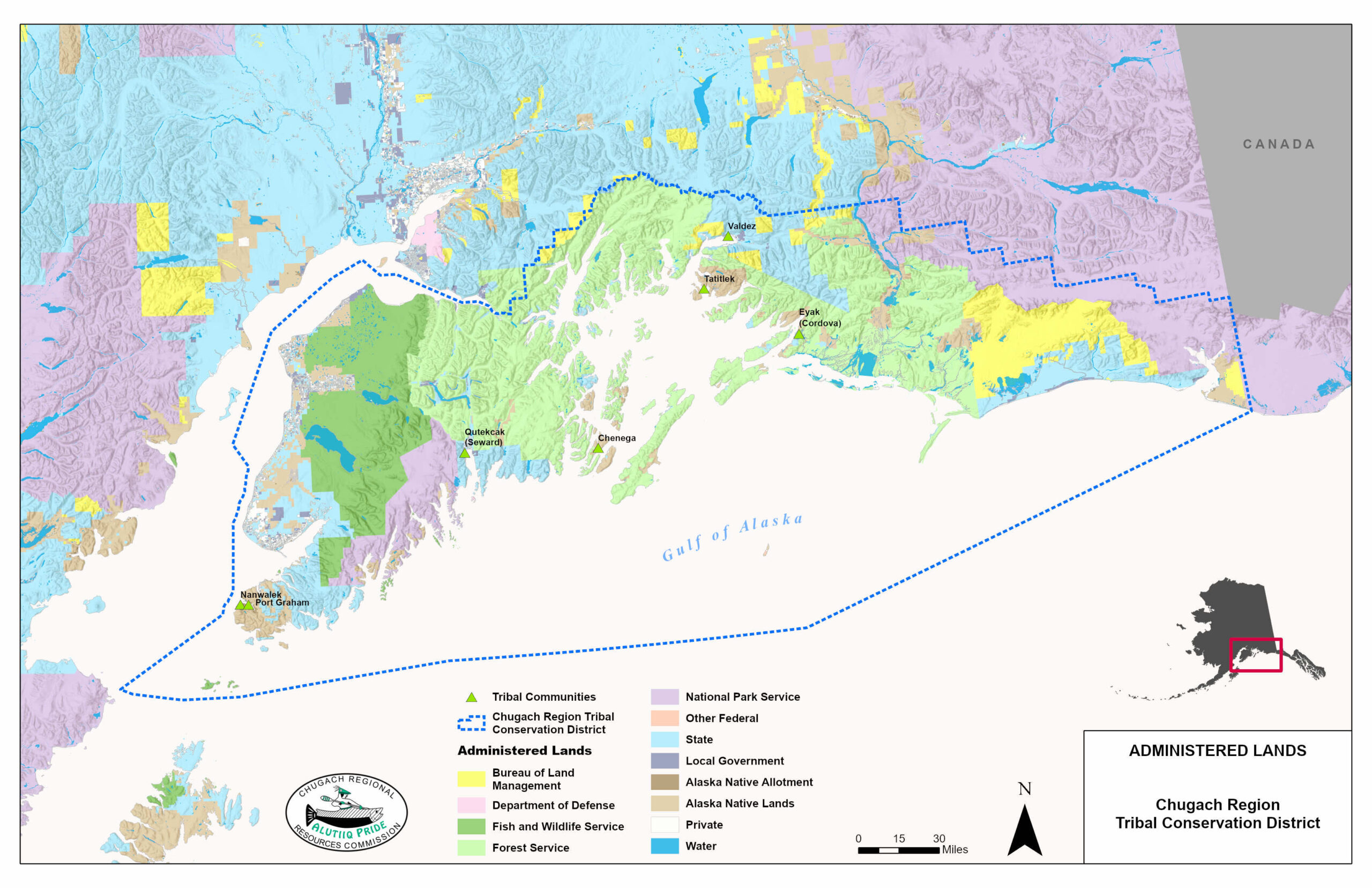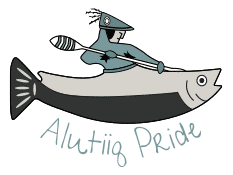
History & Overview

In 2019, CRRC began the process of forming the Chugach Region Tribal Conservation District (CRTCD) to include traditional homelands of Alaska Native people in Southcentral Alaska. In 2021, the process was finally complete, and the CRTCD was formed.
CRRC recognizes the importance of addressing subsistence, environmental, and natural resource needs of our Tribal members through the use of the U.S. Department of Agriculture (USDA) programs and other federal agency programs collectively designed to provide technical and other assistance to enhance the traditional subsistence way of living in perpetuity.
CRTCD Mission
To carry out broad programs of assistance for the region and provide technical, research, educational, and financial assistance to landowners and users within the terms of the various statutes administered by the USDA. Have an adequate abundance of marine life, land animals, plants, migratory birds, and fowl for our future generations by protecting all lands, waters, and wetlands to provide subsistence. All interested parties working together to protect our natural resources and abundance of harvestable vegetation through the protection of our habitats.


CRTCD Vision
Enhance Alaska Native economic well-being by providing local employment, business, and economic opportunities; enhance subsistence and environmental management capabilities; and support self-determination to Alaska Native Village residents through natural resource programs, education, and local economic development.
CRTCD Objectives
The CRTCD bases its effort on several objectives, which may be changed to meet the needs of the natural resources, stakeholders, and residents of the CRTCD. The CRTCD strives to accomplish its goals through cooperative relationships with any and all interested parties.
Advocate for Alaska Native hunting and fishing rights by keeping up to date with current fish and wildlife management trends in Southcentral Alaska.
Enhance Alaska Native management of traditional lands and resources through cooperative agreements with land managers that are based upon Indigenous knowledge systems and scientific principles.
Improve food security through community agriculture projects, infrastructure development, food-safe distribution support, and value-added product.
Ensure that the CRTCD is a self-sustaining and professional model district effectively working with entities to ensure the continued sufficient renewable natural resources in the CRTCD.
Provide a forum for education, knowledge-sharing, capacity-building, business incubators, and outreach around Indigenous and scientific management principles and Traditional Ecological Knowledge systems.
Support sustainable practices through waste reduction and reduced energy consumption.
CRTCD FAQs
What Is a Tribal Conservation District (TCD)?
- A subdivision of the Tribal government, organized under Tribal law with elections for board members and formed directly with the USDA.
- Provides a venue for discussing opposing points of view within the region and agreeing on common ground, particularly since the parties involved include Tribal governments, nonprofit corporations, and for-profit corporations with varying missions and visions.
- Can enter into a mutual agreement with the USDA and other federal agencies to carry out conservation-based programs.
- Focuses on supporting Tribal efforts to care for lands and natural resources and provide for the utilization, protection, conservation, and restoration of Tribal lands for the benefit of the community in a partnership for the USDA.
- Serves as a locally led voice in leadership efforts to address and prioritize natural resource concerns within a defined area.
- Works closely with USDA agencies to strengthen government-to-government relations.
- Makes available technical, financial, and educational assistance to address the resource needs of the communities served.
- Provides a venue for Tribal consultation with the USDA, which would also include the corporations as landowners, thus ensuring all views are considered and discussed prior to making any decisions.
- Provides a mechanism whereby the Tribes and nonprofit corporations can engage with the village corporations and the Chugach Alaska Corporation to develop management plans, habitat improvement projects, research, and/or resource inventory and monitoring in their traditional use areas.
- Ability to manage areas to support erosion control, resources management to support the sustainability of wildlife, creating and use of subsistence harvesting trails, recycling, resource inventory, and water quality monitoring, among other programs.
.
How Was the Chugach Region Tribal Conservation District Formed?
CRRC Tribes formed the CRTCD by signing a resolution of support and signing onto the MOA between the Chugach Region Tribes and USDA. By establishing this District under Tribal law, CRTCD has the power provided by the CRRC Board.
How Is the Tribal Conservation District Governed?
Currently, the CRRC Board of Directors shall additionally serve as the CRTCD Board.
How Does the Tribal Conservation District Identify Natural Resource Concerns?
The CRTCD Board discusses and prioritizes natural resource concerns. Once the priorities are established, it gives the district and CRTCD staff direction to focus on those natural resources and related issues that matter to the organization and our Tribes.
How Does a Tribal Conservation District Develop Plans and Agreements with USDA?
Tribal Conservation Districts signed a Mutual Agreement with USDA. The agreement is between USDA, CRRC, and the Tribal Conservation District members. The purpose of the agreement is to provide consultation, coordination and assistance between USDA and Tribal governments to plan and implement natural resource management and conservation programs on Indian Lands.

